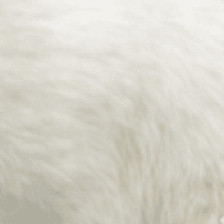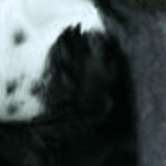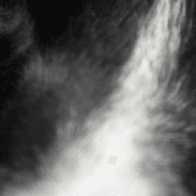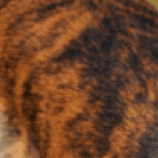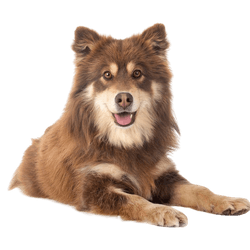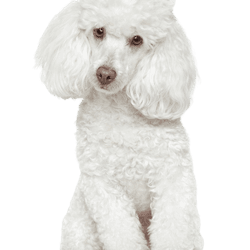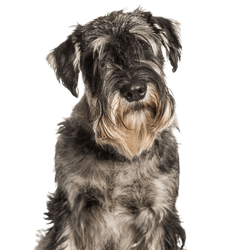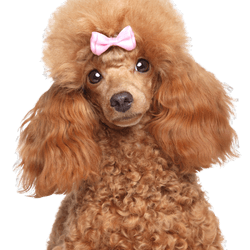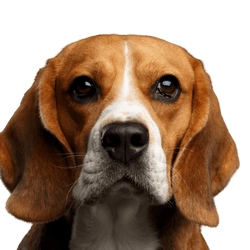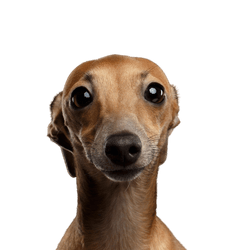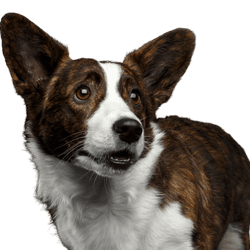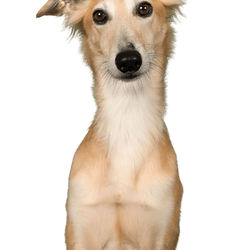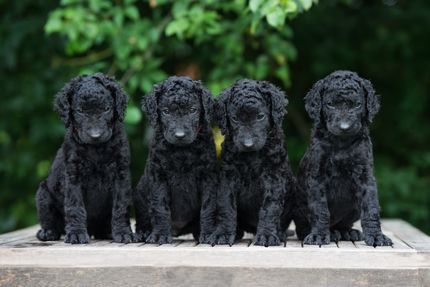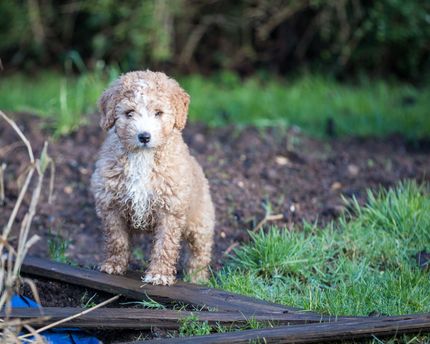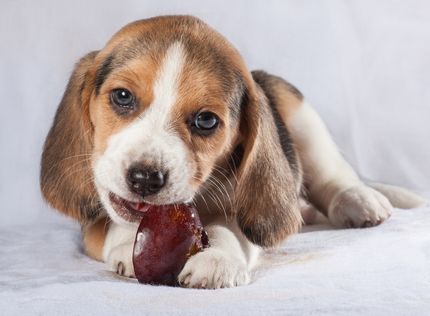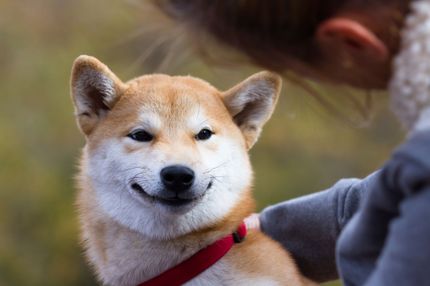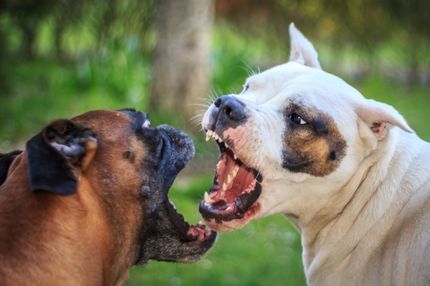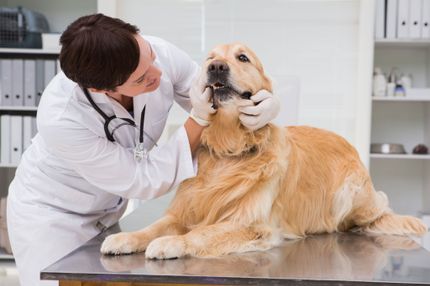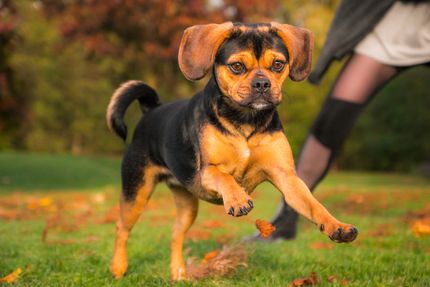Facts & Origin
Origin and history of the Boston Terrier
The Boston Terrier breed originated around 1875, when Robert C. Hopper of Boston purchased a dog named Judge from Edward Burnett, from a bull and terrier ancestry. Hooper's Judge is directly related to the original bull and terrier breeds of the 19th and early 20th centuries. The American Kennel Club cites Judge as the ancestor of all true modern Boston Terriers.
Judge weighed about 15 kg and was crossed with Gyp. Gyp was a White Bulldog bitch (a now extinct breed) owned by Mr. Edward Burnett of Southboro. At about 20 pounds, she was considered stocky and strong and had the typical blocky head that characterizes the present Boston Terriers. With this foundation, the first puppies were born in the 1870s. The Boston Terrier mix originally weighed up to 20 kg, but over the years the weight has dropped to about 6-12 kg.
As can be deduced, the Boston Terrier is not a hunting dog and - despite its name - does not belong to the terrier family.
National dog of the USA
Although the Boston Terrier is less common in our latitudes, he is relatively popular in the USA - his home country - and is often described with the term "American gentleman". It is considered as the national dog of the USA as one of the few breeds that originated there. The Boston Terrier was even the first non-sporting dog breed in the USA.
Suitability and attitude
The Boston Terrier is described by the FCI as a trouble-free companion dog.
The Boston Terrier's small size and lively, affectionate nature make them a popular family dog and companion. They amuse people of all ages with their appealing, unique expressions, and they love children. They are also considered especially good partners for apartment dwellers as well as older people.
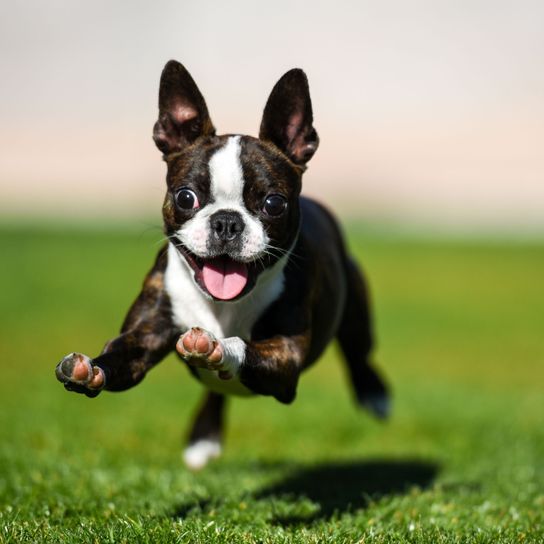
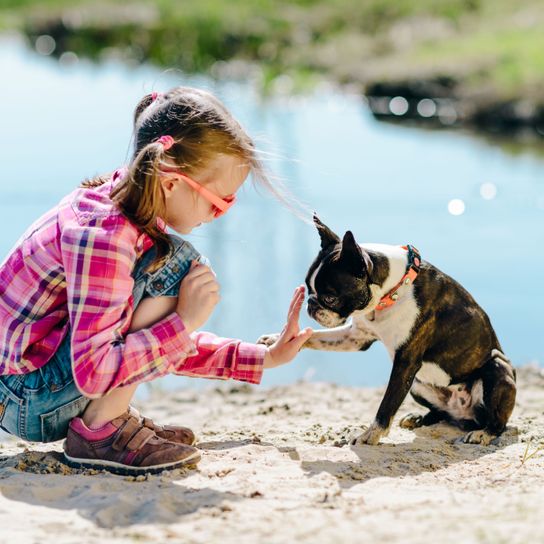
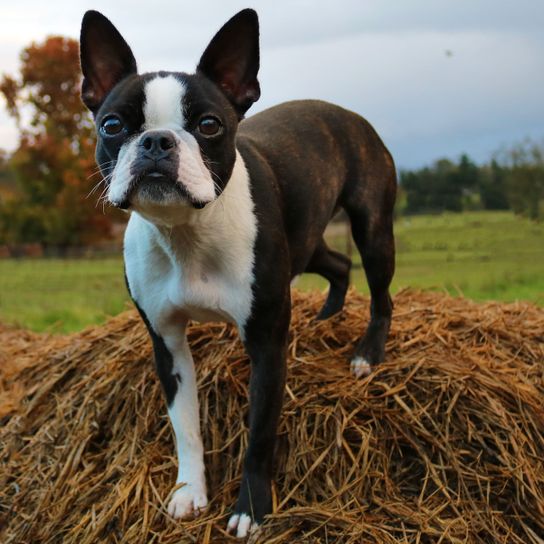
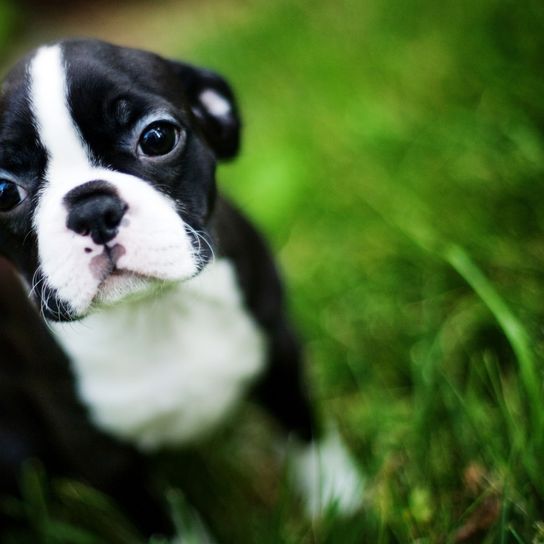
| Alternate Name | - |
| Origin | USA |
| Life expectancy | 10 - 15 years |
| Care requirements | low-maintenance |
| Activity level | average |
| FCI group | Small Molossian type Dogs |
| AKC group | non-sporting group |
| KC group | utility group |
Boston Terrier mixes
Attitude, character and temperament of the breed
Typical character traits of the Boston Terrier
The Boston Terrier may have been bred to be a fierce boxing fighter, but you definitely wouldn't know it today. The dogs are known to excel in charm and liveliness and are very intelligent. Their lively, affectionate nature makes them extremely lovable. They are still considered to be bold and alert, with no tendency to hunt or stray, making free-roaming problem-free in most cases.
Thus, the Boston Terrier has all the dispositions to become a great companion for your family. He gets along very well with other pets, conspecifics and children in most cases.
Occupation and workout
The Boston Terrier is considered to be a very sociable breed that does not require an extremely high level of exercise. Otherwise, the Boston Terrier likes long walks and, because of its high intelligence, likes to be encouraged. If adequate exercise is provided, he can easily be kept in a small city apartment.
Character
Usage
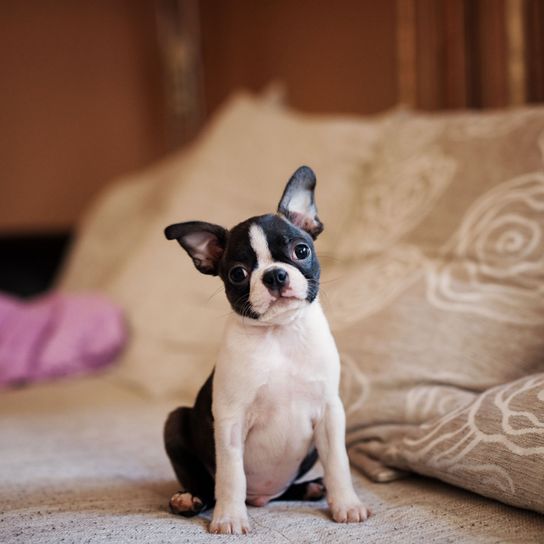
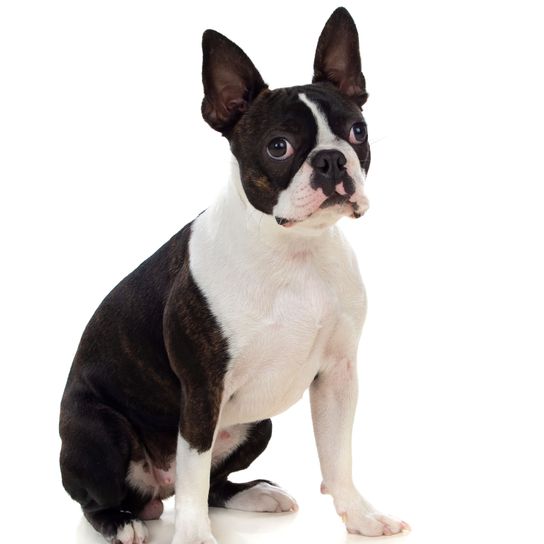
Boston Terrier breed diseases
The Boston Terrier is one of the dog breeds whose breeding has rather led to negative results. The trend is towards a shorter and shorter nose and a rounder and rounder head. This leads to the fact that the dog has problems to regulate its body temperature or even just to breathe freely.
Furthermore, in the Boston Terrier some hereditary diseases, which are spread by breeding, such as
- eye and
- spinal diseases and
- patellar problems.
- Also the breeding of special colors has an effect on the health of the dog, because this is caused by the crossing of defect genes.
The diet, on the other hand, is relatively simple. From time to time - but in rather rare cases - the dog tends to allergies, which requires a diet.
Life expectancy
The Boston Terrier has an average life expectancy of 9 to 15 years depending on breeding characteristics and care.
Boston Terrier breeding and purchase
When buying a Boston Terrier puppy, be careful not to buy from a breeder whose dogs may have won championships but have been overly bred to have a small nose or a roly-poly roundness. These traits, as just described, can cause severe health problems, especially later in life.
A good Boston Terrier breeder will keep the dog as close as possible to the original. Inform yourself beforehand in the Boston Terrier Forum about possible advantages and disadvantages of this breed to find out if it suits you.

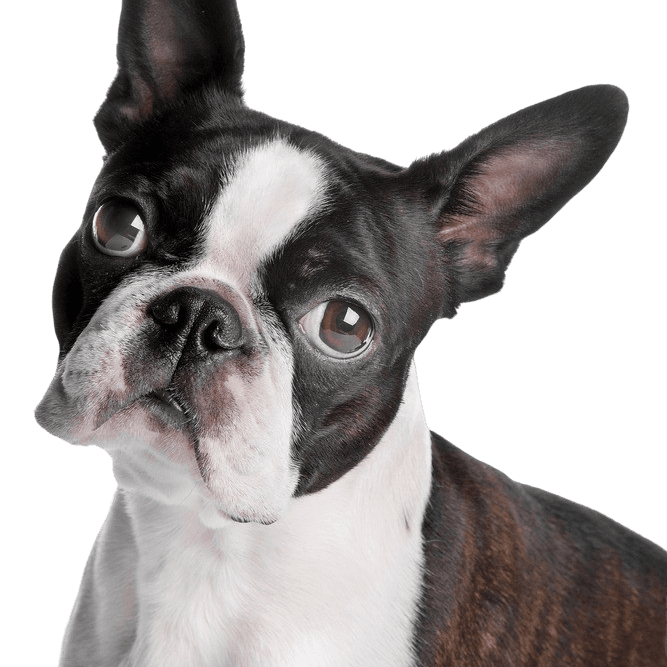
Breed characteristics of the Boston Terrier
The Boston Terrier with the standard number 140 belongs to the FCI group 9 (companion and companion dogs), section 11 (small dog-like dogs). No working test is required.
This breed is divided into three weight classes:
- light: under 6.8 kilograms
- medium: 6.8 - 9 kilograms
- heavy: 9 - 11.3 kilograms
The gait
The movement of the Boston Terrier is that of a sure-footed dog with straightforward movement, the front and hind legs moving forward in perfect rhythm in a straight line, each step indicating grace and power.
The head
The square skull of the Boston Terrier is flat and wrinkle-free on top. A steeply sloping forehead and a well defined stop are prominent.
The muzzle
The broad black nose shows a distinct line between the wide open nostrils. The wrinkle-free foreface is short, square, broad and deep and in good proportion to the skull. It is, however, shorter than broad or deep, its length being at most about one-third of the length of the skull. The topline of the muzzle from the stop to the tip of the nose is parallel to the topline of the skull.
Nevertheless, the deep lips do not hang down loosely, and completely cover the teeth when the muzzle is closed. This breed typically has a pincer-closure bite or sufficient forebite to give the muzzle the square appearance. The cheeks are developed flat.
The Eyes & Ears
Set wide apart, the large, dark eyes should be round in shape. They are set at right angles to its outline in the skull, the outer corners of the eyes being in line with the cheeks when viewed from the front. The ideal expression of the Boston Terrier is alert and friendly, showing a high degree of intelligence - a particularly important characteristic of the breed.
The small ears are carried erect and are kept either natural or cropped to accentuate the shape of the head. They should also be set as close as possible to the outer edges of the skull.
The rump
The length of the neck must characterize the balanced appearance of the entire dog. The neck is slightly arched; it carries the head gracefully and shows a harmonious transition to the shoulders. The back, on the other hand, should be short, resulting in a square body, with a level upper profile line. The croup slopes slightly towards the base of the tail.
The Boston Terrier's chest is deep and of good width; the ribs are well sprung at the base and extend well back to the loin.
The tail
Set low, the tail should be short, fine and pointed. It is straight or helical in a breed specimen and must not be carried above the horizontal. The breed standard notes that the preferred tail length is no more than one-fourth the distance between the base of the tail and the hock joint.
The limbs
The forelegs are moderately wide apart and lie in a straight line below the tips of the shoulder blades. The bones should be straight. The sloping, well laid back shoulder allows the elegant movement of the Boston Terrier. At the same time, the elbow must be turned neither in nor out. The wolf claws may be removed from the short, strong front pastern. Strong, well muscled and correctly set, the thigh leads into a well angulated knee joint. The short rear pastern may be placed neither in nor out. The hocks are pronounced.
The paws of the Boston Terrier are small, round and compact with well arched toes and short claws. However, they should be neither in nor out.
The coat
This dog breed has short, smooth, shiny hair that should appear fine in texture.
Color-wise, the Boston Terrier can be found in brindle, black or "Seal", each with white markings. Seal corresponds to black with a reddish tinge, which can only be seen in sunlight or other bright light. There are the following required markings:
- White marking around the muzzle
- White blaze between the eyes
- White forechest.
Desirable but not mandatory markings, for which according to the breed standard there is no deduction of points for non-existence, are:
- Uniform white blaze between the eyes and over the head.
- White around the neck and on the forechest
- Forelegs partially or completely white
- White hind legs below the hocks.
However, a dog with a predominantly white head or body must have special other merits to compensate for these deficiencies.
The brindle color is preferred at shows if all other points are equal in quality.
| Fur length | short |
| Fur | flat coated |
| Ear shape | Standing Ears |
| Tail | stubby |
| Anatomy | muscular |
| Size ♀ | 38 - 44 cm |
| Weight ♀ | 7 - 10 kg |
| Size ♂ | 38 - 43 cm |
| Weight ♂ | 8 - 11 kg |
| Suitable For | Children |
Colors



Known Diseases
Shortness of breath
Difficult breathing can be recognized by the dog's rattling and sometimes accelerated breathing rate.
Patellar problems
Problems with the Patellar can be a displacement or weak kneecap, which is one of the most common causes of lameness in dogs, also because of overweight.
Eye diseases
Often occur with allergies and intolerances.
Spinal disorders
However, as the dog ages, this elasticity can be lost and completely inhibited by diseases such as spondylosis.
FAQ
-
No, the Boston Terrier is a family dog and is not considered dangerous. Therefore, it is not considered a fighting dog and is not on any list.
-
The Boston Terrier is one of the torture breeds because it has a shortened muzzle (flat nose) and as a short-headed breed often suffers from brachycephaly.
-
A Boston Terrier from a serious and good breeding with papers costs over 2500 Euro.
-
The national dog of the USA is the Boston Terrier.
-
Yes, the Boston Terrier is suitable as a family dog.
-
Yes, the Boston Terrier is excellent for beginners.
-
The Boston Terrier has an average life expectancy of 9 to 15 years.
-
No, the Boston Terrier is a companion dog and is basically not used for hunting.







